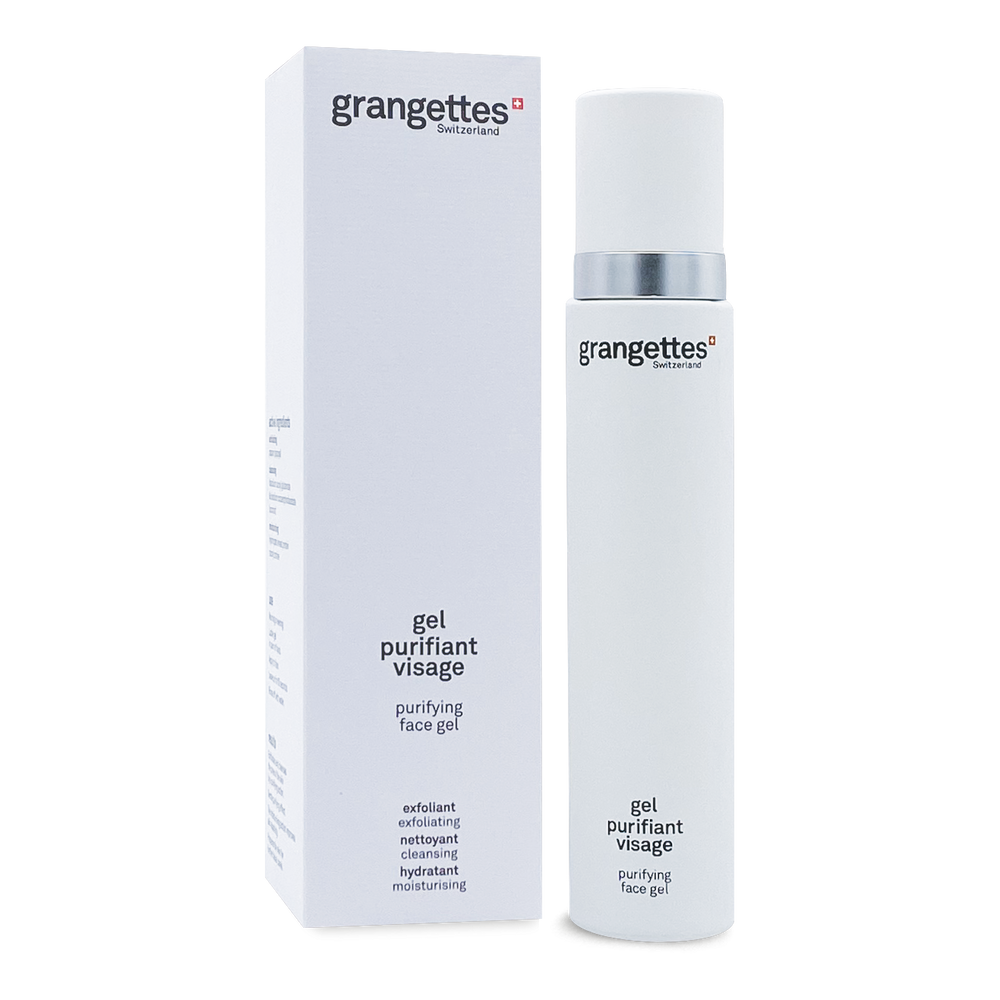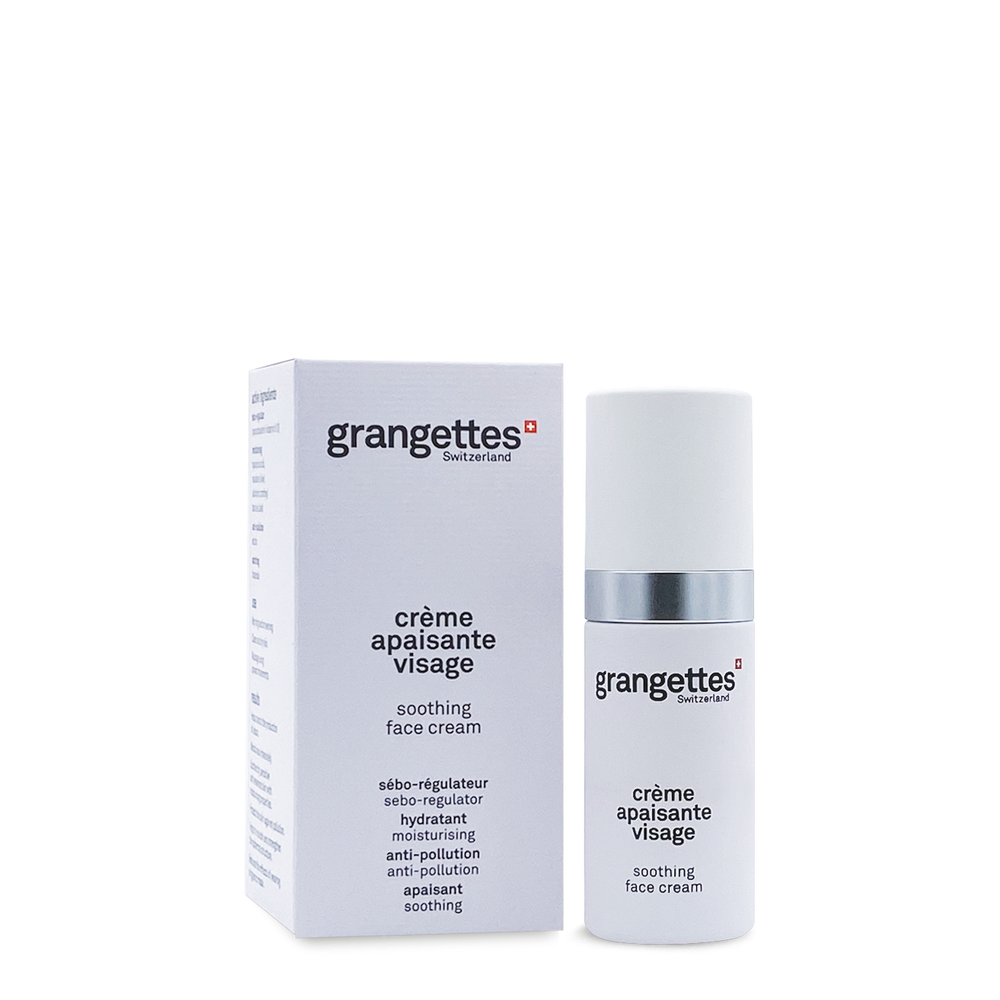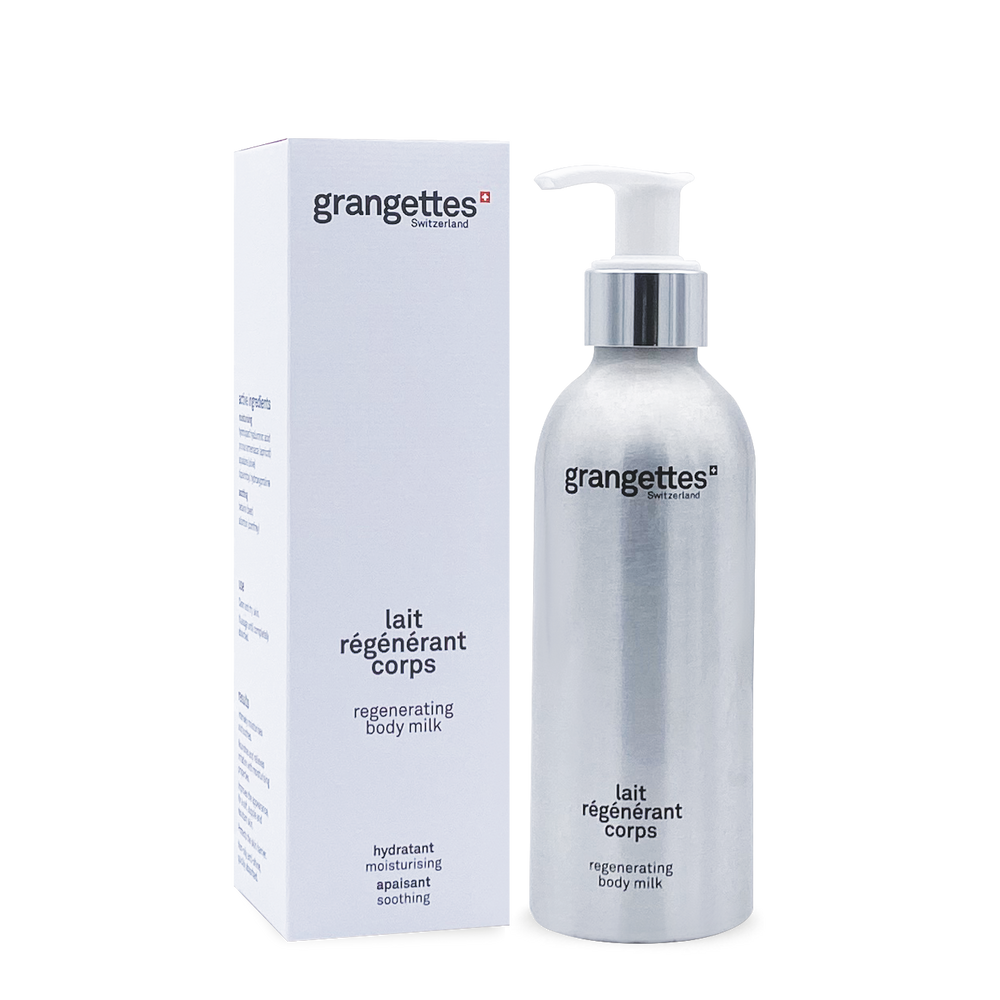Why do I have burning skin after shaving?
Shaving is a mechanical aggression to the skin. The razor blade not only cuts hair: it can also weaken the superficial layer of the epidermis, cause micro-cuts, and alter the hydrolipidic film that naturally protects the skin.
Several factors can increase this sensation of burning skin after shaving:
-
A dull razor, which requires more passes and irritates more;
-
Dry shaving or shaving without suitable cream, which increases friction;
-
Already dry skin or hypersensitive skin, which poorly tolerates blade aggression;
-
Too quick or persistent actions, especially on sensitive areas like the neck, bikini line, or skin folds;
-
The use of harsh products after shaving, such as alcohol-based lotions.
Result: a sensation of heat, redness, itching, or even small patches or pimples. This is commonly called "razor burn."
What to do immediately after a burning shave?
If you feel a burning sensation right after shaving, here are the first steps to take to soothe the skin:
1. Rinse with cool water
Immediately rinse the shaved area with cool water to remove foam or hair residues and soothe skin inflammation. Cool water tightens pores, soothes the sensation of heat, and limits the development of redness: if you have burning skin after shaving, this is the first good reflex to have!

2. Dry without rubbing
Use a clean towel and gently pat the skin. Never rub an irritated area: it worsens the irritation.
3. Apply a soothing treatment
It is essential to apply a alcohol-free care product specially formulated to calm post-shaving irritations. Prefer formulas containing:
-
Allantoin: to soften and repair the epidermis;
-
Bisabolol: to soothe, repair, heal, and soften the skin;
-
Ectoine: to protect and reduce inflammatory symptoms;
- The peptides: to hydrate, protect, and reduce inflammation.
What to do in the hours following a burn after shaving?
Moisturize regularly
Hydration is key to repairing skin that burns after shaving. Continue applying a gentle moisturizing cream in the hours that follow, especially if the area remains sensitive or red. Avoid scented products, essential oils, or overly strong active ingredients.
Avoid any further aggression
For at least 24 to 48 hours:
-
Avoid exposure to sunlight, which can worsen irritation;
-
Do not wear tight or synthetic clothing on shaved areas;
-
Avoid hot baths, saunas, or steam rooms;
-
Do not scratch, even if the skin itches.
The goal is to leave the skin alone so it can gently repair itself.
What care to use to prevent shaving burns?
If you regularly suffer from burns after shaving, it's time to rethink your routine!
Step #1: prepare the skin before shaving
Even before shaving, it is important to prepare the skin:
-
Wash it with lukewarm water using a cleansing gel to open the pores. The Grangettes purifying gel is ideal: hydrolyzed wheat protein and cocoyl proline ensure optimal hydration and preserve the skin's softness and suppleness;
- Regular price
- 41,35 €
- Regular price
- Sale price
- 41,35 €
- Unit price
- per
-
Use a shaving gel or cream suitable for your skin type. Avoid classic foams if your skin is sensitive;
-
Let the product act for a few moments to soften the hair well.
Step 2: use a clean and well-maintained razor
To avoid burning skin after shaving, regularly change your razor blade. A worn blade no longer cuts well: it catches, pulls the hair, and increases the risk of irritation. Prefer quality multi-blade razors.
Always rinse the blade with hot water between passes, and disinfect it if possible after use.
Step 3: shave in the right direction
Shave in the direction of hair growth, especially if your skin is prone to irritation. Shaving against the grain gives a closer effect but irritates the skin much more.
Make gentle movements, without pressing, and avoid going over the same area multiple times.

Step 4: apply a soothing after-shave care
Once shaving is finished, always apply an after-shave care.
Two solutions:
For the face, the Grangettes soothing cream is your best ally: it hydrates thanks to hyaluronic acid, squalane, betaine, and allantoin, and soothes thanks to bisabolol.
- Regular price
- 40,20 €
- Regular price
- Sale price
- 40,20 €
- Unit price
- per
For the body, try the Grangettes regenerating milk, which deeply hydrates your skin and softens it! Betaine, derived from beetroot, and allantoin, derived from comfrey, are two soothing ingredients that work together to calm and soften the skin, providing a feeling of comfort and well-being.
- Regular price
- 40,20 €
- Regular price
- Sale price
- 40,20 €
- Unit price
- per
What if the burning persists?
If the burning sensation does not go away after 2 or 3 days, or if you notice extensive red patches, painful bumps, intense itching, or even oozing, you may have developed folliculitis (inflammation of the hair follicle) or an allergic reaction to a product. In this case, consult a dermatologist for a diagnosis and appropriate treatment.







